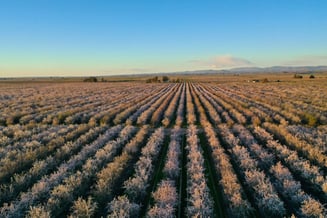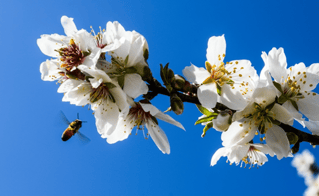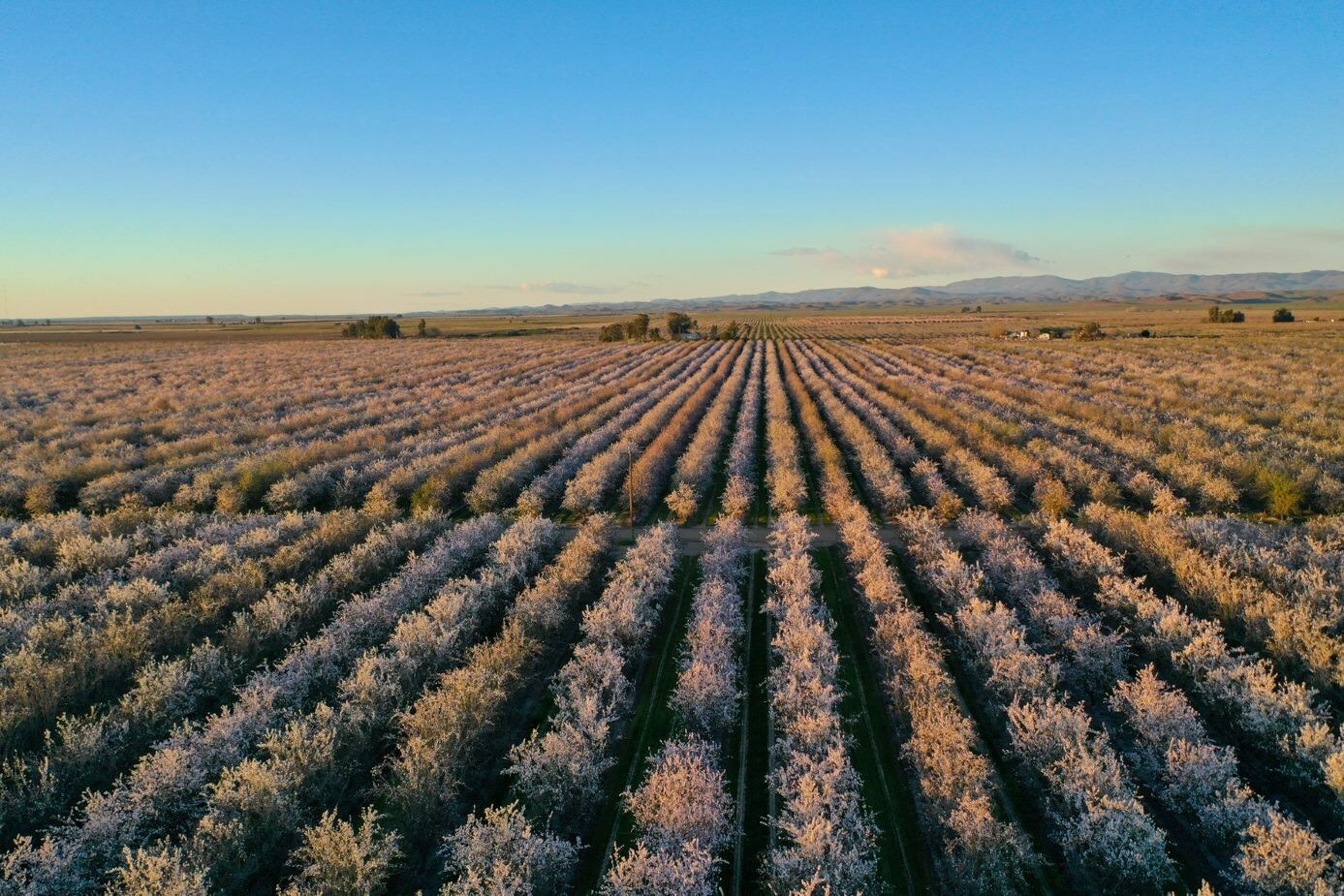As 2023 has come to a close, we are taking some time to reflect back on the year and review the news stories that had the biggest impact on growers. From an increased industry focus on regenerative agriculture standards to changes in tariffs, 2023 brought a mix of challenges and opportunities. In this blog post, we'll delve into some of the top stories that we followed most closely and discuss their significance for growers.
1. Almond Industry Leaders Focus on Regenerative Agriculture Standards for Growers

KIND and ofi (Olam Food Ingredients) announced plans to test regenerative practices on 500 acres of almonds via the KIND Almond Acres Initiative over the next three years. This initiative builds off KIND’s previous pledge to source 100% of its almonds from bee-friendly farms by 2025. KIND and ofi will implement a variety of new regenerative technologies on the 500 acres, and use the data and learnings to share best practices. “ofi’s partnership with KIND represents a massive joint effort in regenerative agriculture. We are learning how to pair innovative sustainable technology with traditional farming practices, so we can find a combination that creates a positive change for the planet,” said Zac Ellis, Senior Director of Agronomy at ofi.
Why It Matters
This initiative highlights the increasing need for almond industry leaders to meet the consumer demand for sustainable products grown with regenerative practices. In addition, by prioritizing regenerative agriculture, the almond industry is contributing to the development of a more resilient and adaptable global food system.
2. Pending Changes to California Endangered Species List

The monarch butterfly and some native bees are pending additions to the endangered species list in California, which could have major impacts on the almond industry and growing practices. In May 2022, bees were upheld in a California appeals court as a type of fish, ensuring they could be protected under California's Endangered species Act. This opened the door for enhanced protections for four endangered bees in California, and could allow protections for other insect species in the state in the future.
Why It Matters
A number of growers have taken measures to attract pollinators to their land, such as adding flowering cover crop forage and habitats onto their ranches. New endangered species protections could put growers in legal jeopardy if pollinators accidentally come into harm on their land. In addition, the EPA has been mandated to increase their evaluations of how pesticides can negatively impact endangered species, which could lead to more restrictions on pesticide availability and usage for growers.
3. Study on Deaths Caused by Global Loss of Pollinators

In January, a study from Harvard University's school of public health found the global loss of pollinators is already causing an estimated 500,000 early human deaths a year due to reduced availability of healthy foods. 75% of crops require pollination, but many pollinators are facing serious declines in population. The study found that decreased pollination has caused a 4.7% decrease in nut production. With less supply of healthy foods like produce and nuts, comes less consumption, and increased deaths. Before this research, discussions around biodiversity and pollinator protection had been missing a direct link between pollinator losses and human health.
Why It Matters
This study underscores the massive impact pollinators have on our global food supply and human health. In addition, it highlights how the accessibility and affordability of healthy foods like fresh produce and nuts is vital to health and lowering disease rates. Pollinator losses are already negatively affecting global nut production, and therefore human health and mortality on a massive scale. It is more important than ever to focus on taking measures to protect bees to preserve our food supply and global health.
4. Lowering of Tariff Rates on Imports into India

2023 brought new, lower tariff rates on agricultural imports into India. In September, the tariff rate on almond imports was brought back down to 35 rupees per kilogram on in-shell, and 100 rupees per kilogram on kernels. Since 2019, India had imposed retaliatory tariffs on agricultural imports in response to US tariffs on steel and aluminum. India is California's largest market for almond exports, and the reduction of these tariffs is already causing an increase in exports to the country.
Why It Matters
In November 2023, the US already saw a 14% increase in exports to India compared to last year as a result of the tariff rates lowering in September. The new rates have increased demand and lowered prices to consumers in India. The decision by India to remove its retaliatory tariffs marks a win for the California almond industry, as well as a testament to the power of collaborative international diplomacy in removing barriers to generating economic growth. Almond industry leaders are already looking to replicate this success in other key markets with similar tariffs and duties.
In Conclusion
As we step into 2024, despite rising costs and commodity pricing challenges, it's clear there are still opportunities to innovate in the almond industry. These stories of commitment to regenerative agriculture, environmental impact, and global collaboration all underscore the industry's resilience and influence on a future where almonds and the people who grow them contribute to a thriving and interconnected food system.
At Beewise, our mission is to save bees to feed the world. Going into 2024, we look forward to continuing our work providing growers with superior pollination powered by AI and robotics. To learn more about securing an AI and robotics powered BeeHome to pollinate your acreage, please contact us.

.jpg?width=355&height=199&name=DSC00415%20(1).jpg)


.png?width=355&height=199&name=Copy%20of%20The%20Evolution%20of%20Pollination%20(1).png)
Product Marketing Manager at Beewise
Leave comment